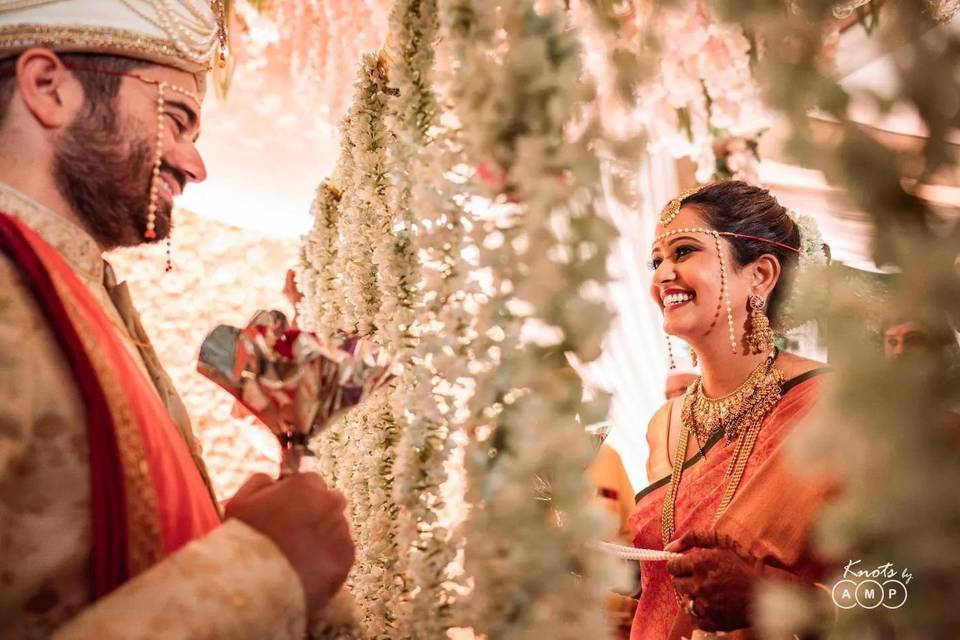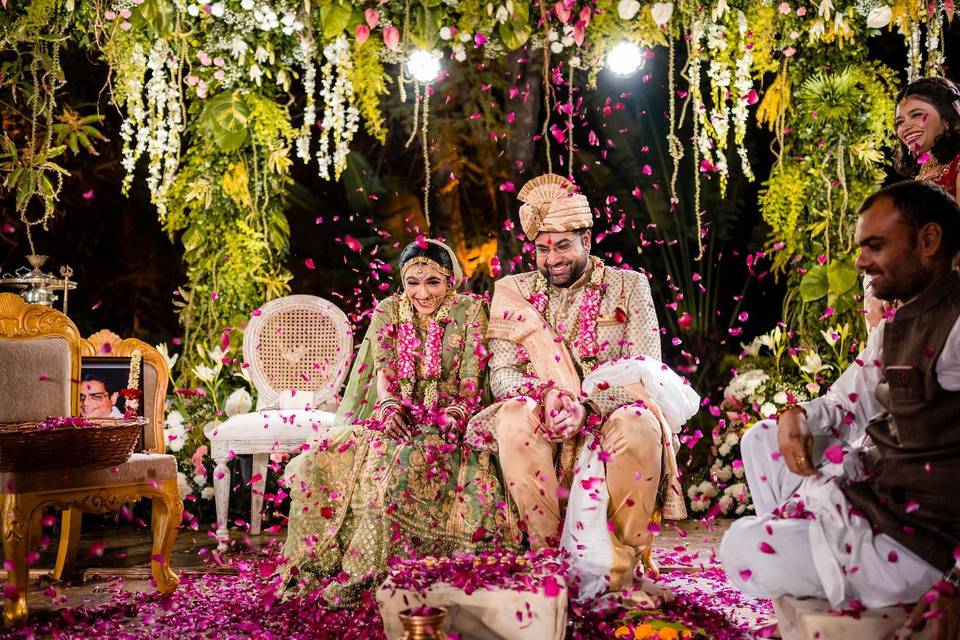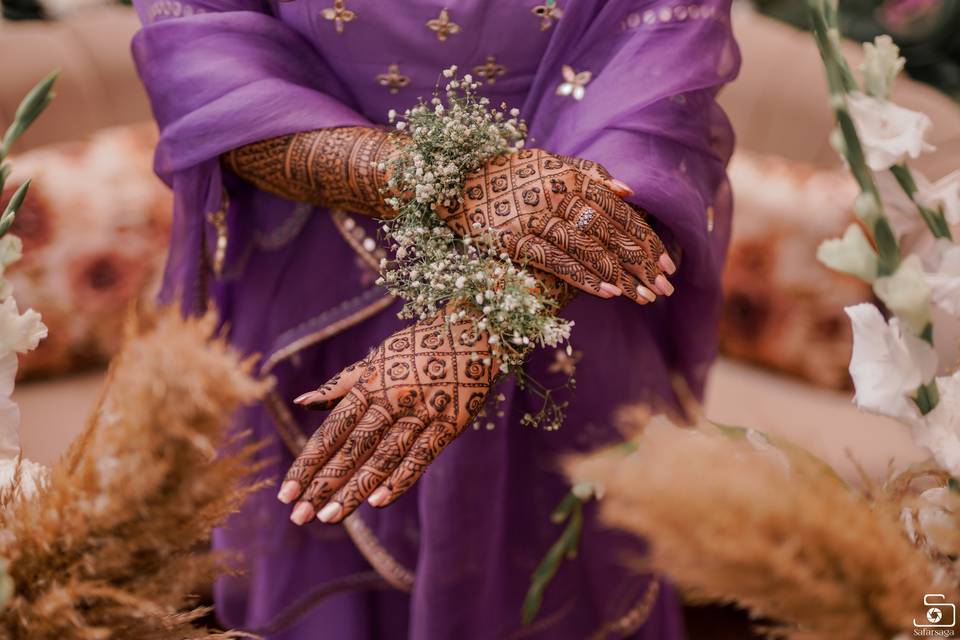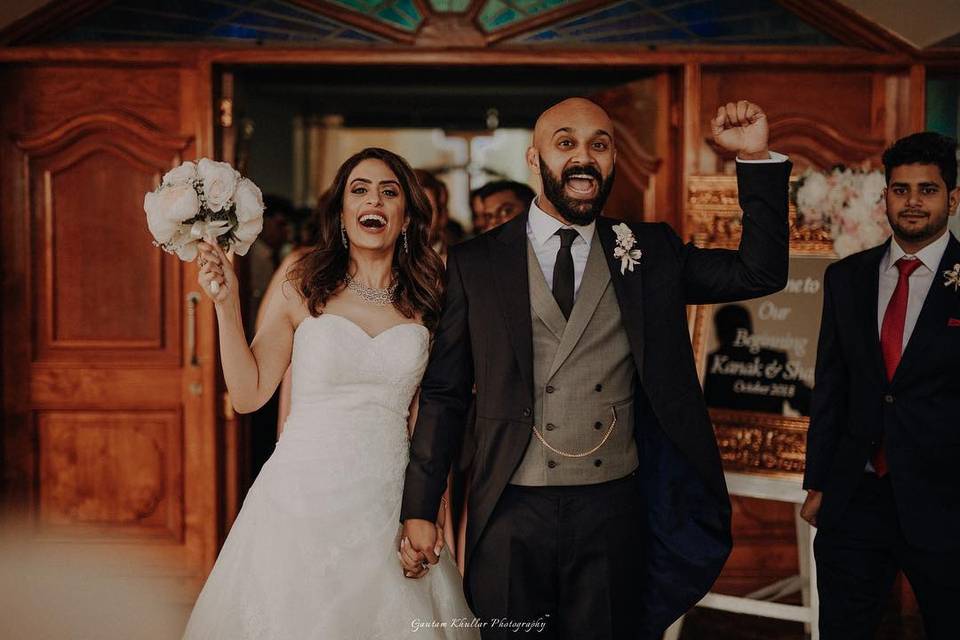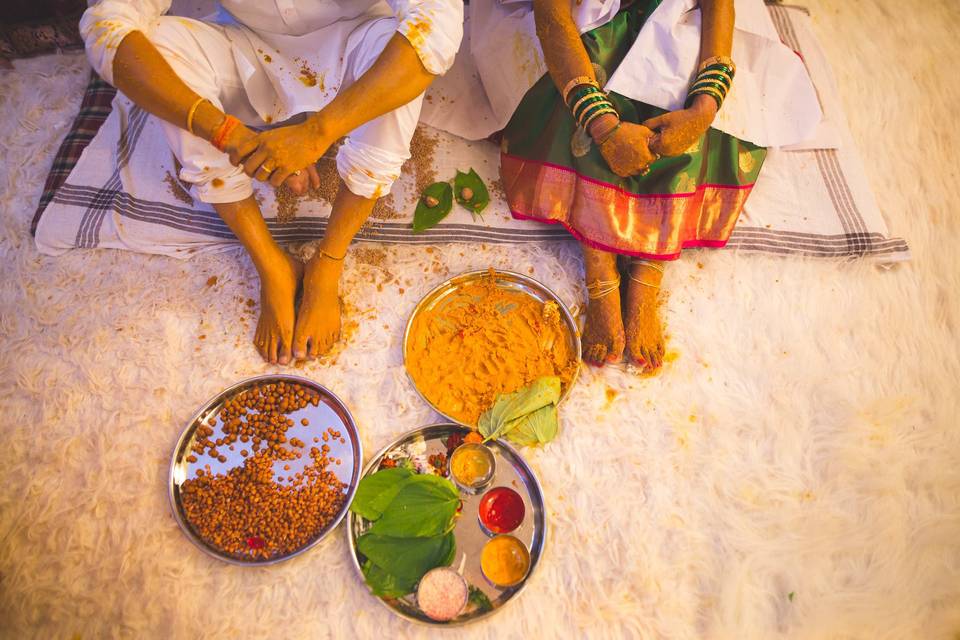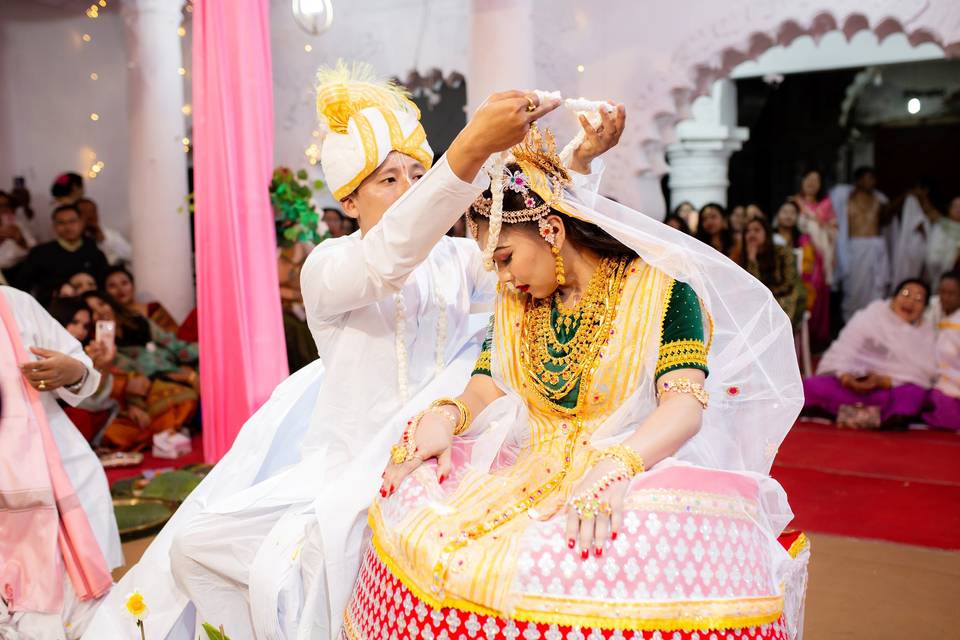The Mangal Kalash! Lets Take a Deeper Look into This Important Wedding Item
Known to be a symbol of abundance, peace and immortality, the Mangal Kalash owns a powerful place in wedding and religious ceremonies. Read on to know more about it.
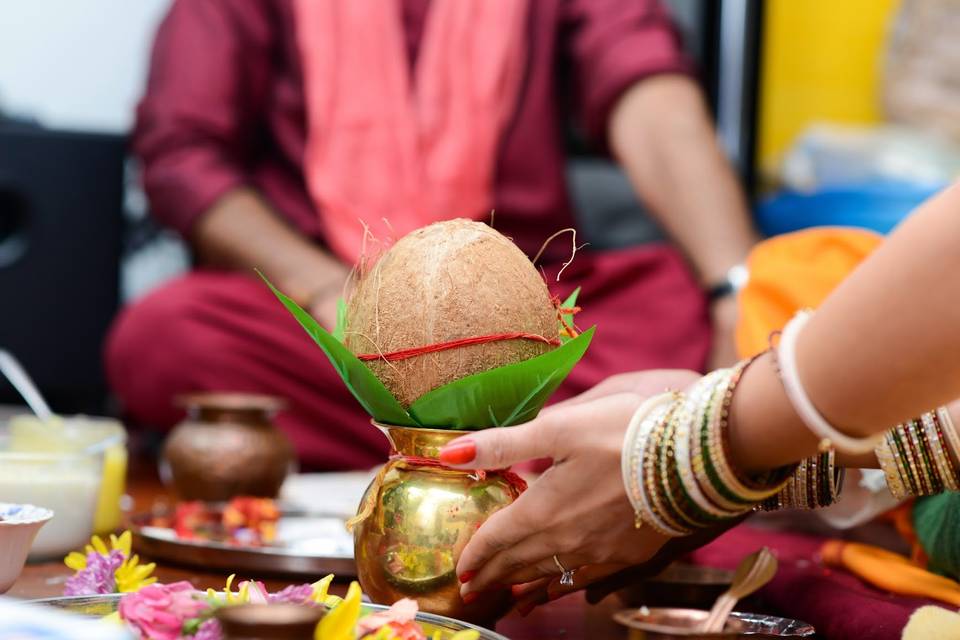

Image Courtesy: Relio Brix Consulting
India is a country with many religions, cultures and traditions. Every state has its own customs and rituals. Yet, when we talk about the Mangal Kalash, two very different religions, Hinduism and Jainism have been worshipping it since ages.
Hindus consider the Mangal Kalash as a 'source of life', believing that it creates peace and happiness in your homes. As seen in the picture, the coconut in the Mangal Kalash, also known as the 'elixir of life' or Amrit, credits wisdom and immortality with the Kalash. Served as an offering at many Hindu temples, the coconut is also called the fruit of God. It is believed to bring good luck when it's smashed into two – something that people do when starting a new job or buying something new, like a house or car. Apart from that, it is presented as a sacrifice at pujas and then distributed as God’s Prashad.
It also gets prime place during each and every Indian wedding ceremony.
1. Weddings and Mangal Kalash: What’s the link?

Image Courtesy: Graphics8
Every puja requires a Mangal Kalash, especially during all pre-wedding rituals and wedding ceremonies at the mandap. Much before the wedding ceremony, the Mangal Kalash is blessed by the pandit. Made up of a metal Kalash and a coconut on the top, it’s decorated with vermillion and turmeric powder along with mango leaves. The Kalash is filled with grains, water, gems, coins, silver and sometimes, even gold. A red thread is tied around it to mark the presence of the universe. Many times, people want to proclaim it to a specific God or a Goddess, so they tie a silver or brass semblance around the Kalash.
The Mangal Kalash symbolises material things, for instance, the Kalash is a pot of fertility, while the coconut represents power and prosperity. The mango leaves refer to the God of Love, Kama. It is believed that the Kalash should be established in the temple of the house of the new couple and be worshipped by all the members of its family, in order to ensure love and prosperity.
As weddings are all about dazzling wedding décor, colourful flowers and furnished drapes, you can always choose to go for a metallic Kalash that adds a pop of glamour to its surroundings. A metallic kalash can be found in brass as well as copper. Apart from that, you can even opt for a marble Kalash for your wedding day, if you want a slightly different look. Choose according to the wedding theme or your own preference. If you want, you can always go for the original Kalash, and have one less décor element to worry about!
Many people have amplified the ritual of bringing a Mangal Kalash at their weddings by coming up with an oversized Kalash which even carries the wedding couple. However, the use of Mangal Kalash in this manner is probably not a good idea (as it is more of a symbolic thing than an actual prayer) and should only be worshipped in a traditional manner.
2. The Vedic History

Image Courtesy: Portlandpandit
The Mangal Kalash is based on the Vedic history of the country, which is what that laid its foundation and is still impacting the way Hindus worship and pray. It has been auspicious since the time of Rigveda. It has many names, such as Soma Kalash, Chandra Kalash, Indra Kumbha, Purnaghata, Purna Virakamsya and Bhadra Ghata. According to the Vedas, it’s an overflowing vase. The Mangal Kalash is known to epitomise either Lord Ganesha, his mother Gauri or Goddess Lakshmi. It is also worshipped during wedding ceremonies and childbirth.
Apart from that, this holy vessel represents the five elements of nature as well. The wide base of the kalash refers to the earth. The expanded centre of the pot symbolises water, while the opening of the Kalash symbolises air. The neck of the pot represents fire and the coconut and mango leaves go for aether.
3. Mangal Kalash in Jainism

Image Courtesy: Enterprisetv
Included in the Ashtamangala, the Mangal Kalash holds a place in both Svetambara and Digambara sects. In Jainism, two eyes are illustrated around the Kalash, representing faith and the right knowledge. Used for religious and social functions, the kalash brings in grace and happiness when it is carried on the head into a new home while reciting some mantras. A symbol of auspiciousness, it first appeared in this religion during the Kushan Empire period.
Along with that, with an aura of auspiciousness, the Mangal Kalash is truly essential during weddings to make sure that your future is secure, peaceful and content. As you leave your parents’ home to move into your new life, do establish a Kalash in your temple and worship it to have an easy going life with your partner, so that even during ups and downs, you can feel safe.
If you know more about the Kalash, write about it in the comments below!
Get in touch with our pandits vendors to make sure that every puja is carried out properly!


